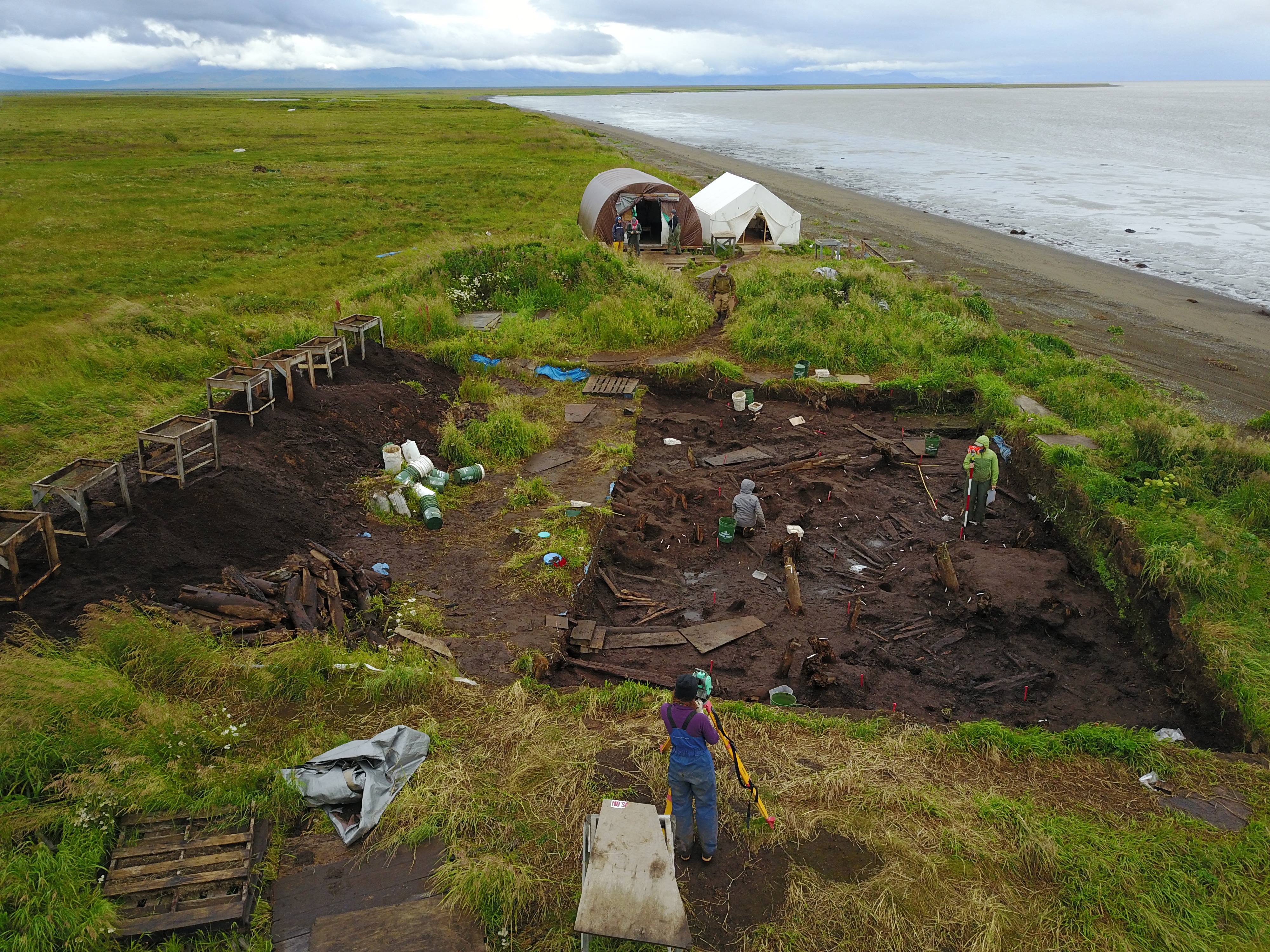Report calls for ‘immediate action’ to save archeological sites threatened by climate change
Large swaths of important Arctic archeological sites have already been lost, according to the report.

As the Arctic continues to warm faster than anywhere else on earth, the archaeological record will be one of the unlucky victims.
That’s one of the findings of a recent article written by scientists from Denmark, the U.K, Norway, Canada, Russia and the U.S., published earlier this summer in the journal Antiquity. While the Arctic’s cold climate had been ideal for preserving the region’s archeological artifacts, these archives are being destroyed and damaged as the climate warms.
Looking at published articles and reports, the authors identified a few pressing threats to archaeological sites in the Arctic, including coastal erosion, permafrost thaw, tundra fires, tourism and vegetation increase. While thawing permafrost has been threatening archeological sites for years, the authors also stated that there has been a recent increase in damage from these events.
In the Auyuittuq National Park Reserve in Nunavut, 24 out of 48 archaeological sites are at a high risk of soil disturbance due to permafrost destabilization. Near Utqiagvik (formerly Barrow), Alaska, coastlines inhabited by Alaska Natives for at least 4,000 years are being lost to coastal erosion. And as boreal forests expand into the Arctic tundra, soil changes and an increased root depth may increase the decay and damage of archaeological materials.
“It’s a catastrophe. A majority of sites, including many of the most important ones, are already gone,” Max Friesen, an Arctic archeologist at the University of Toronto and report author, told The Globe and Mail.
But, as the report acknowledges, conducting Arctic research can be difficult. Both expense and logistical difficulties deter science in these remote locations, meaning that not all of the threatened sites will be excavated before they are compromised or disappear completely. Because archaeologists are unprepared to respond to a scenario where all of the archaeological sites are impacted at the same time, the study’s authors recommend developing a system to identify the most vulnerable sites.
“The erosion processes occurring along the north coasts of Alaska, the western Canadian Arctic and in parts of Siberia are already so frequent and destructive that immediate action is needed,” the authors wrote.
Beyond archeological artifacts, scientists are also losing records of past climates as the Arctic warms. Ice cores are a valuable archive that have tracked the ups and downs of the Roman Empire, ancient carbon dioxide concentrations and past temperatures — and as they melt, these records are lost.
Launched in 2015, the Ice Memory project is looking to preserve ice cores from threatened glaciers around the world. The organization hopes to store them in a natural freezer in Antarctica, where they will be protected for years to come.